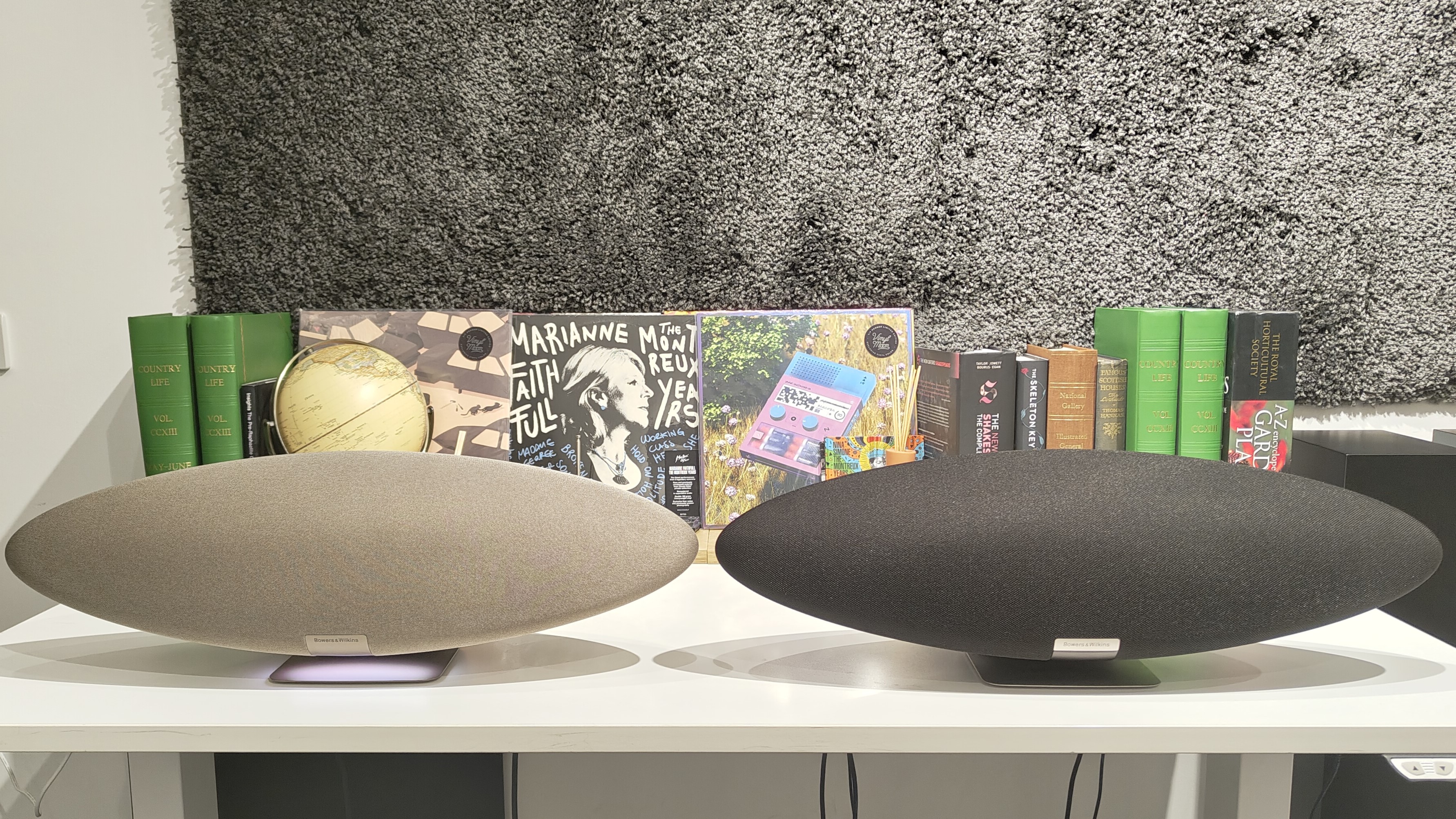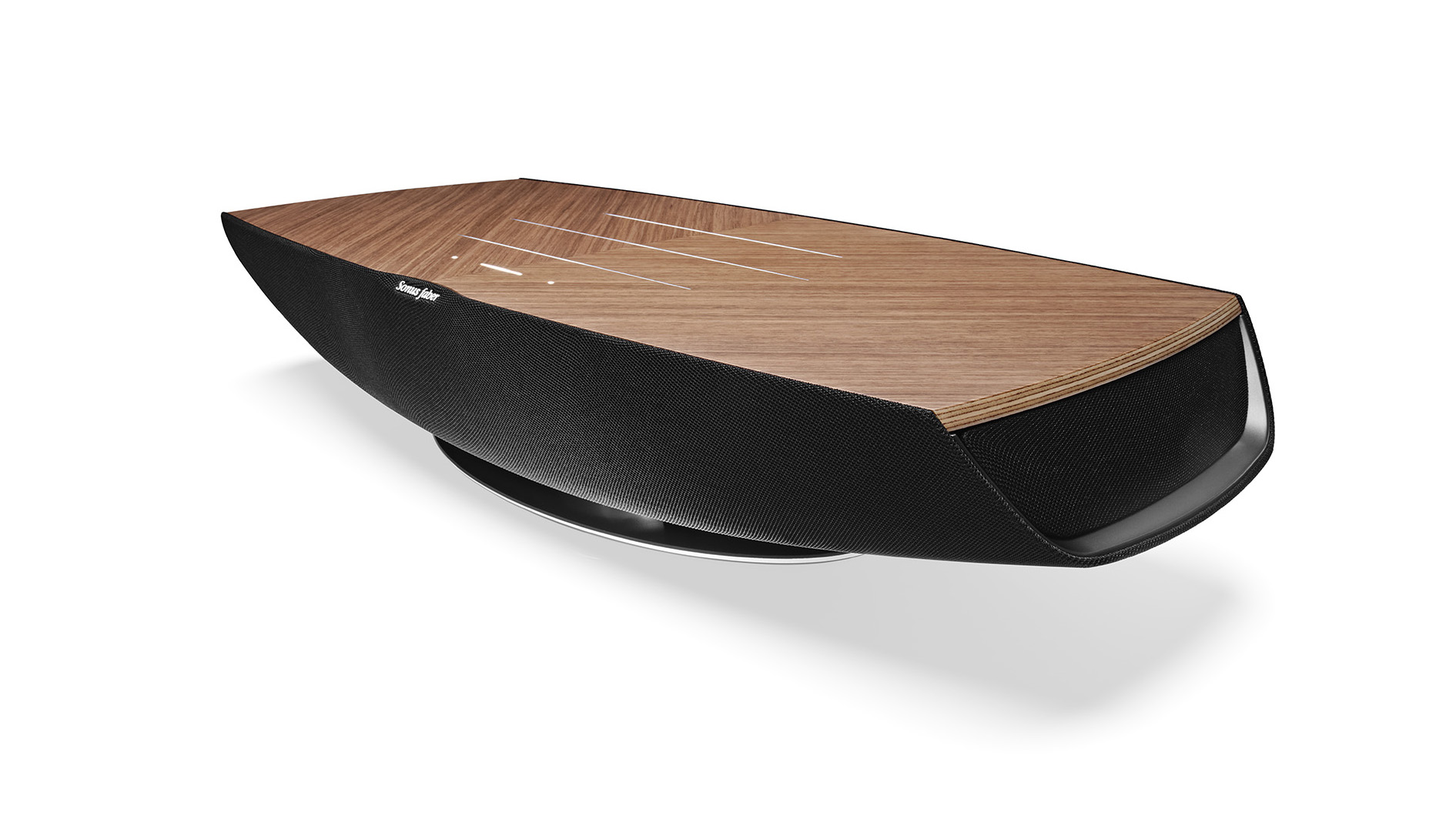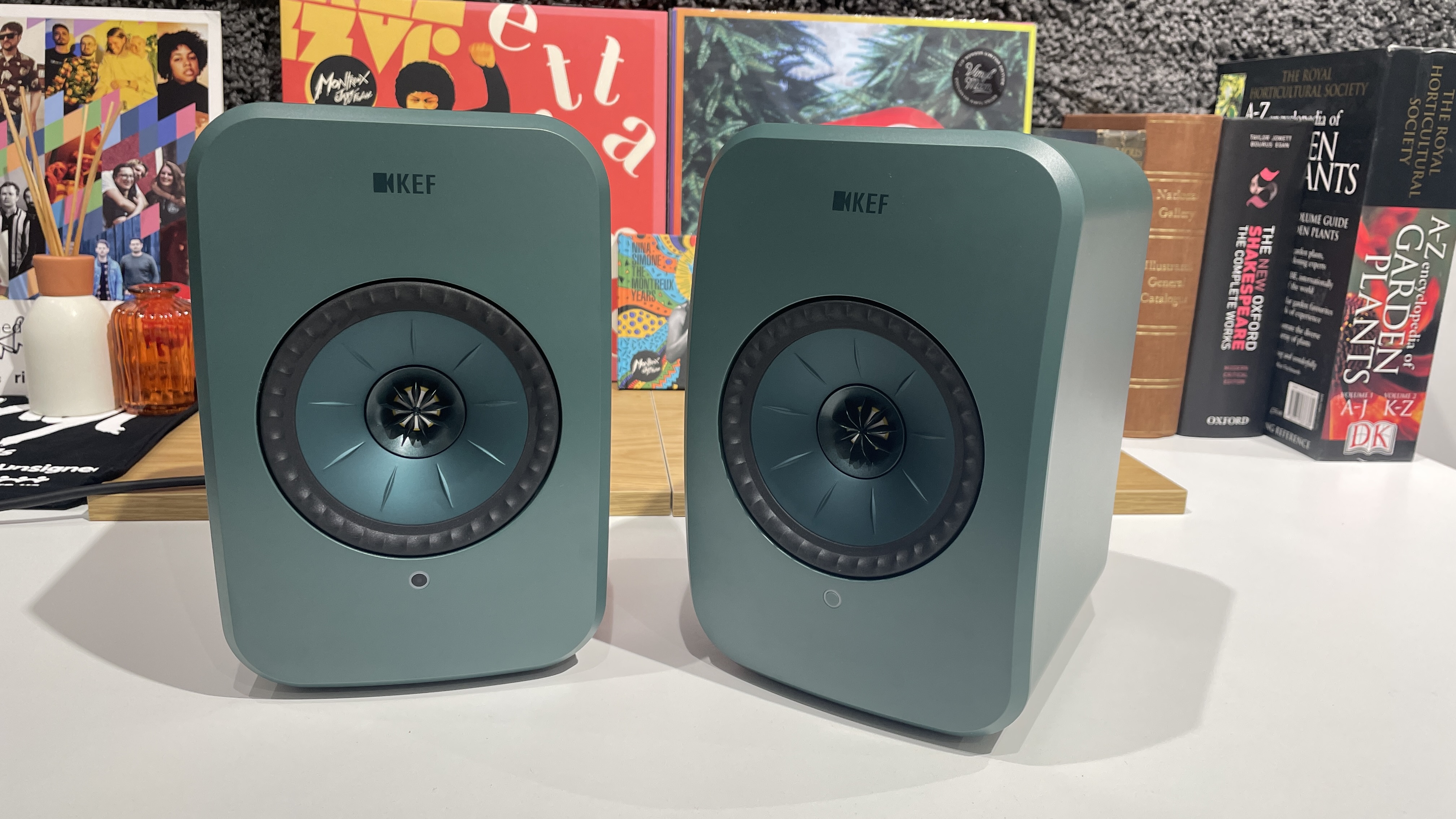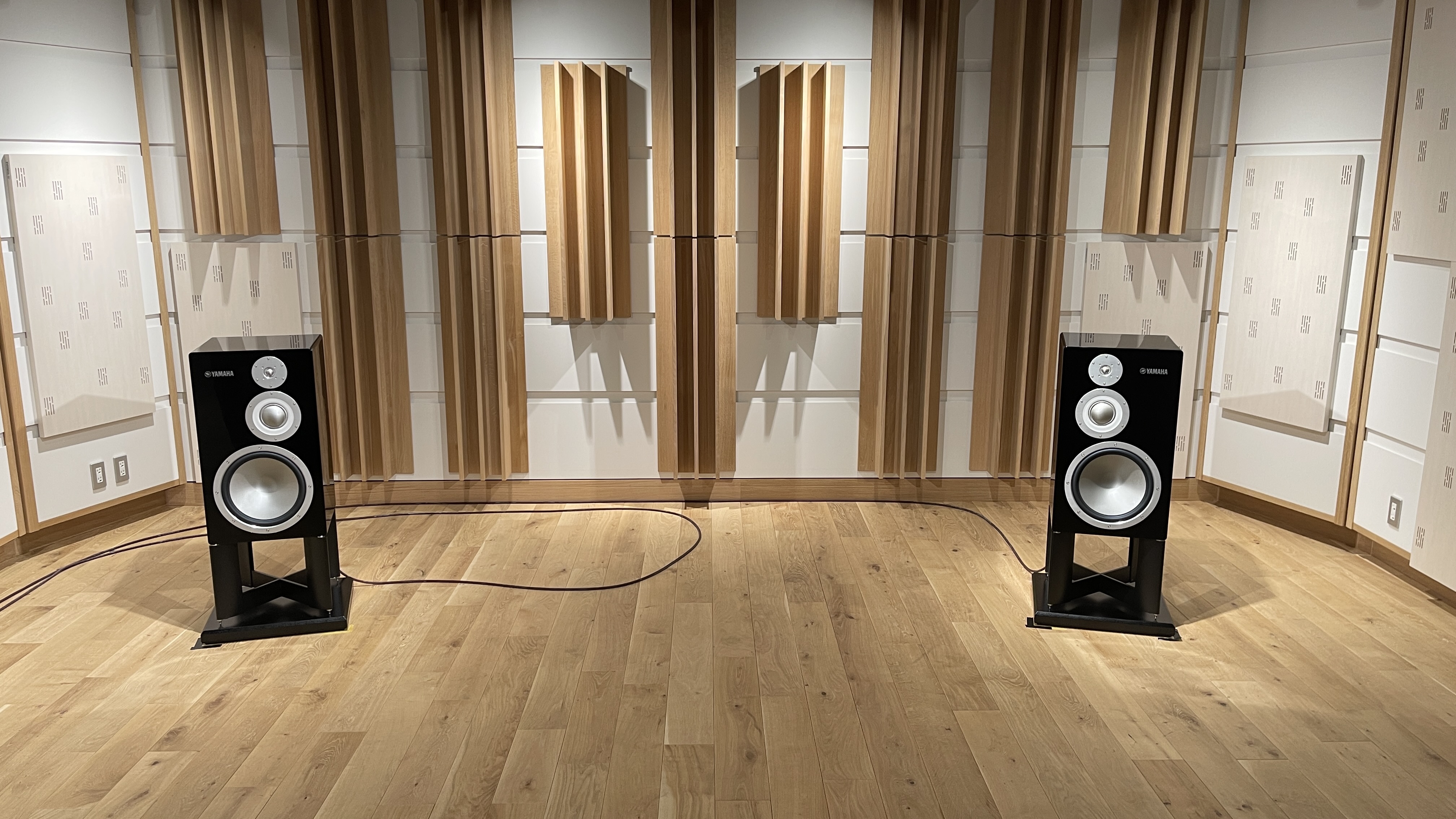When do wireless speakers stop making sense? I believe one crucial sound element determines their ceiling
Even the very best-sounding one-box wireless speakers are limited

What image comes to mind when you think of a ‘wireless speaker’? Some squareish, boombox-like unit, or maybe a chic dome or cylinder covered in fabric? Perhaps something small and battery-powered you can chuck in your weekend bag? If you own one yourself, it’s likely the very one sitting in your home.
In any case, chances are you are picturing some kind of single unit – albeit almost certainly not an uber-flashy one that costs the same as a modest second-hand car. They do exist, though: I’ve heard at least a handful of ‘tabletop’ one-box wireless speakers that cost around, or north of, £3000 / $3500 (one was nearly twice that); real statement, centrepiece designs whose sound quality goes beyond what you would expect from a one-box offering, courtesy of their multiple drivers and quality components and engineering.
I’m talking wireless speakers from the likes of Devialet, Bang & Olufsen, Linn and Marantz, to name a handful; those which make even what most people would deem ‘premium’ – the Naim Mu-so 2, Sonus Faber Omnia, Bowers & Wilkins Zeppelin Pro Edition etc – look (and sound) fairly ordinary, as they jolly well should for their outlay.
Now, for this kind of money you can fix yourself up with a pretty decent system of hi-fi separates, but regardless of budget, those customers are not the same customers considering a wireless speaker. The latter don’t want to put in the legwork that building a separates system requires, and/or don’t like the look or have the space.
Indeed, the crowd considering spending close to £1000 / $1200 on a Naim Mu-so aren’t also considering a similarly priced set-up comprising a separate source, amplifier and pair of stereo speakers – and vice versa. In much the same way a Mini Cooper Convertible and similarly priced Ford Everest SUV don’t attract the same audience.
And that’s fine. There’s a lot to be said for having a music system as neat, compact and easy to use as the Naim, especially when the sound it produces will likely pleasantly surprise and satisfy most people. Indeed, in some areas of music performance, a one-box can be just as capable as a more complex alternative.
There’s no reason a one-box speaker can’t be as musically cohesive, bassy or detailed in the treble, for example, as a stereo pair – that’s more about the size and quality of the respective drivers and their implementation with and alongside every other speaker component.
Get the What Hi-Fi? Newsletter
The latest hi-fi, home cinema and tech news, reviews, buying advice and deals, direct to your inbox.

But there’s one sonic element a single-box wireless speaker cannot – and will likely never – challenge a stereo speaker set-up for, and which I think becomes an issue when you get to those luxury statement designs: true stereo staging and imaging.
Sure, DSP (digital signal processing) has advanced to the point that the sound coming from wireless speakers convincingly seems like it’s being pushed wider than it would be otherwise from the drivers alone. Many offer modes that specifically work to increase this spatial effect, too. I’ve sat in front of several wireless speakers the size and scale of whose soundstage belie their physical size. It's very impressive.
However, even the priciest, biggest and most sonically talented models cannot replicate the soundstage possible from a pair of stereo speakers positioned as close as a metre apart (they will often be double that, though, depending on how far away your listening position is).
That’s completely logical considering the closer physical proximity of the drivers in one box, even in those horizontally generous speakers like the Zeppelin, as good as it is, with the latest version having a tweeter and midrange pairing at each extreme end of the 65cm-wide ovular unit, sandwiching a central subwoofer.
When you reach a certain performance level, where other sonic elements aren’t compromising the delivery, I believe true stereo separation is important. After all, a wider sonic canvas allows for more coherent imaging (that is, where everything within an audio mix is placed in the stereo presentation) and insight into the details. And it just feels ‘right’.

It’s one of the reasons I’m all for the advent and continuing rise of such 'all-in-one' (for want of a better phrase) wireless speakers in a true stereo two-box solution. The KEF LSX II LT and Focal Diva Utopia are examples of both price extremes in the flourishing market.
No, they aren’t as easy to house as a single box – of course, it’s an extra box and often at least one extra cable – and that alone will reasonably rule them out for some wireless speaker shoppers. But they get over the main limitation of traditional one-box wireless speakers without being nearly as demanding as a system of separates, and in my mind should be seriously considered by shoppers who have some room flexibility and care about sound quality enough to spend big in the first place.
For me, it’s a shame to experience true high-quality sound without a true stereo presentation.
MORE:
Our expert pick of the best wireless speakers you can buy
We've built an affordable, all-purpose hi-fi system for vinyl, streaming and even headphone fans
Amazon Spring Deal Days: the best TV, hi-fi, home cinema and audio deals live right now
Becky is the managing editor of What Hi-Fi? and, since her recent move to Melbourne, also the editor of the brand's sister magazines Down Under – Australian Hi-Fi and Audio Esoterica. During her 11+ years in the hi-fi industry, she has reviewed all manner of audio gear, from budget amplifiers to high-end speakers, and particularly specialises in headphones and head-fi devices. In her spare time, Becky can often be found running, watching Liverpool FC and horror movies, and hunting for gluten-free cake.
You must confirm your public display name before commenting
Please logout and then login again, you will then be prompted to enter your display name.

